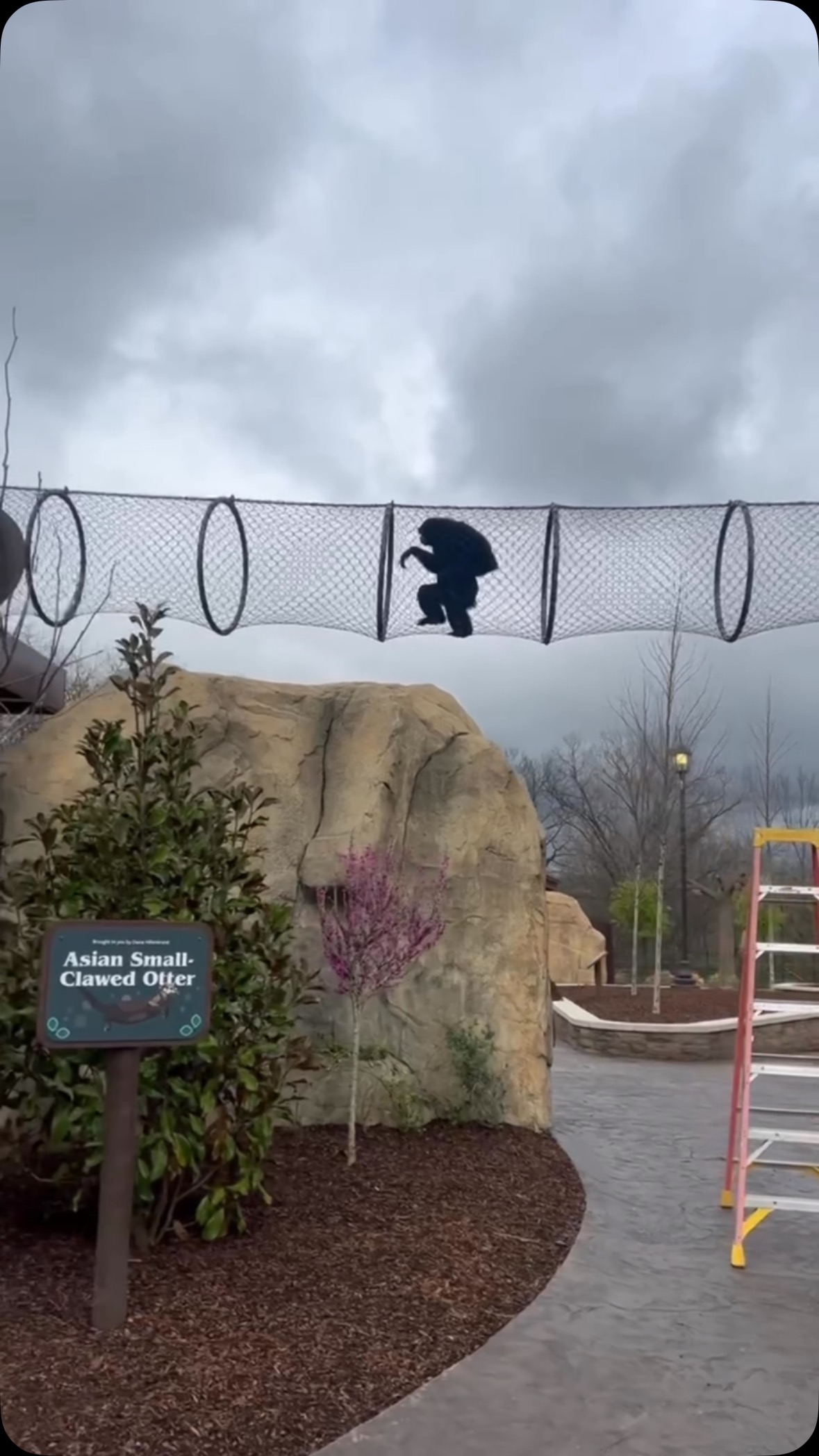- Guests can explore the captivating final phase of the Elephant Trek, featuring diverse wildlife such as Asian small-clawed otters, Siamang gibbons, and rhinoceros hornbills.
- The new area emphasizes the importance of elephant conservation and the coexistence of humans and wildlife, facilitated through various interactive elements.
- Detailed insights into the distinct behaviors and personalities of Munti, Flounder, Sebastian, Berbak, Blake, and Remi enhance the visitor experience.
- The Elephant Trek promotes environmental education, offering a rich understanding of zoology and the significance of preserving these species.
- Landscaping design plays a crucial role in creating a natural habitat that fosters animal well-being and visitor appreciation.
The Elephant Trek, in its final phase, offers an astonishing journey through a lush and thoughtfully designed exhibit, integrating both education and conservation. Visitors have the remarkable opportunity to connect with an array of species, including Asian small-clawed otters, Siamang gibbons, and rhinoceros hornbills. This exhibit isn’t just about observing animals; it’s an invitation to understand their world.
Munti and Flounder, the Asian small-clawed otters, present an engaging spectacle for visitors. Known for their adept swimming skills, these otters are also remarkable for their social behavior. Their ability to solve puzzles and use tools is a testament to their intelligence. By observing Munti and Flounder at play, visitors can gain insights into otter behavior and the ecological challenges they face, especially in habitats threatened by pollution and human encroachment.
The Siamang gibbons, Sebastian and Berbak, bring an auditory delight to the trek with their impressive vocalizations. These calls, a social tool, help strengthen bonds and establish territory. Understanding their vocal communication offers a window into the complex social structures of primates. The gibbons’ interactions with each other and their environment provide lessons in adaptability and the importance of family units within animal communities.
Rhinos Blake and Remi, the resident rhinoceros hornbills, captivate with their striking appearance and fascinating behavior. These avian wonders play a vital role in maintaining the ecological balance of their environment as seed dispersers. Observing their foraging and nesting habits encourages guests to appreciate the interconnected web of life where birds like Blake and Remi are pivotal players.
Beyond showcasing these intriguing species, the Elephant Trek is deeply committed to elephant conservation. The exhibit incorporates interactive stations that educate visitors on the challenges elephants face in the wild, including poaching and habitat destruction. These educational elements not only impart knowledge but inspire action and awareness about the conservation efforts needed to protect these majestic creatures.
The overarching theme of coexistence runs through the entire experience. Visitors are encouraged to reflect on the shared spaces between humans and wildlife, a critical consideration in today’s conservation dialogues. By fostering understanding and empathy, the Elephant Trek empowers guests to become advocates for coexistence and conservation in their communities.
To enrich visitor engagement, the meticulous landscaping of the Elephant Trek has been designed to simulate a natural habitat. This immersive environment not only supports animal welfare, encouraging natural behaviors and reducing stress, but also enhances visitor enjoyment and learning. The careful planting and habitat setup act as a silent educator, illustrating the beauty and importance of natural ecosystems.
In providing such comprehensive insights into wildlife, the Elephant Trek serves a dual purpose. It entertains while it educates, blurring the line between conservation and recreation. For those passionate about zoology and wildlife stewardship, the trek is an invaluable resource, fostering a deeper understanding and respect for the planet’s diverse inhabitants.
Throughout the Elephant Trek, strategically placed interactive elements and informative displays captivate the imagination. These educational tools, coupled with knowledgeable staff, allow visitors to delve deeper into the lives of the species on display, offering an enriching experience that extends beyond mere observation.
In the end, each visit to the Elephant Trek becomes more than just an opportunity to see rare animals. It is an invitation to participate in a broader conversation about conservation, ensuring a future where both wildlife and humans can thrive. The exhibit stands not only as a testament to the beauty of nature but as a call to action for its preservation.
*****
Source Description
Head to Elephant Trek today! The final phase of Elephant Trek is now open!
Guests can now see Asian small–clawed otters Munti & Flounder, Siamang gibbons Sebastian & Berbak, rhinoceros hornbills Blake & Remi, and some incredible landscaping. Each animal brings loads of personality!
A variety of interactive elements in the new area have been incorporated to educate visitors about the animals they are seeing, elephant conservation, and the important of human-wildlife coexistence.


